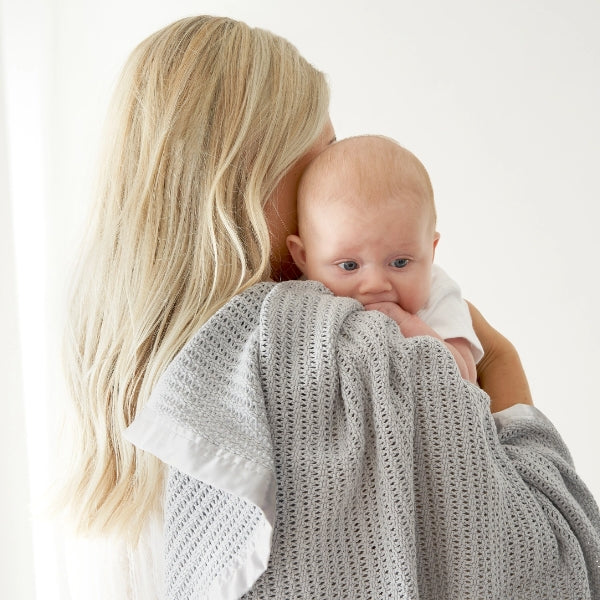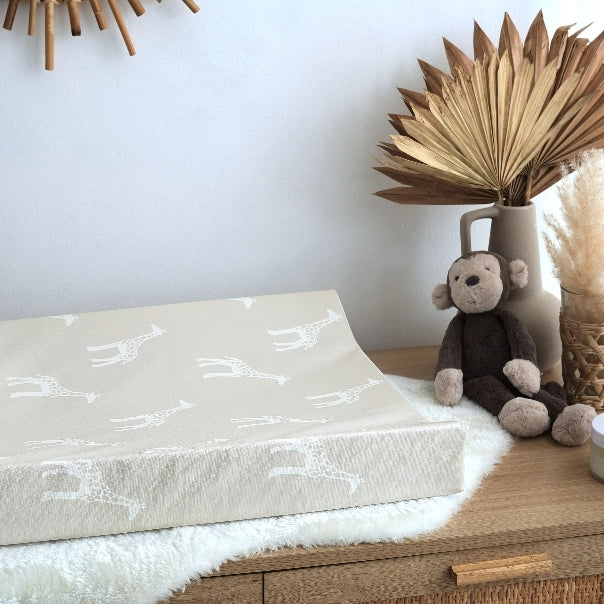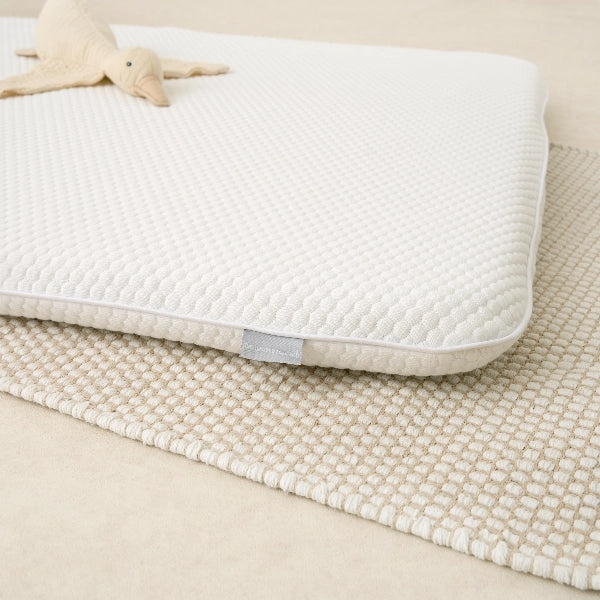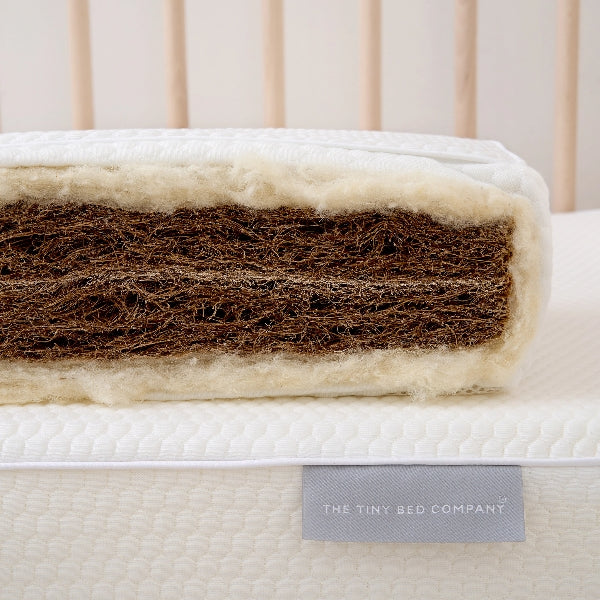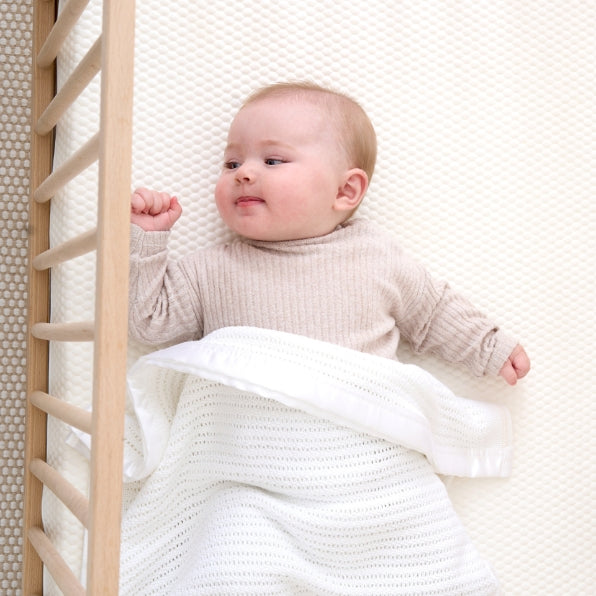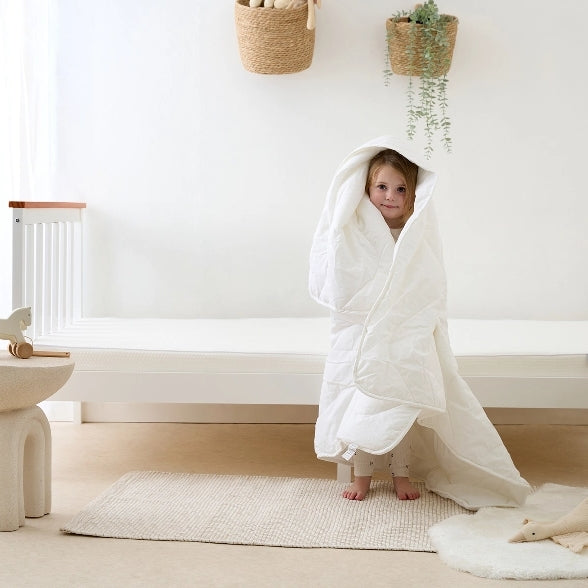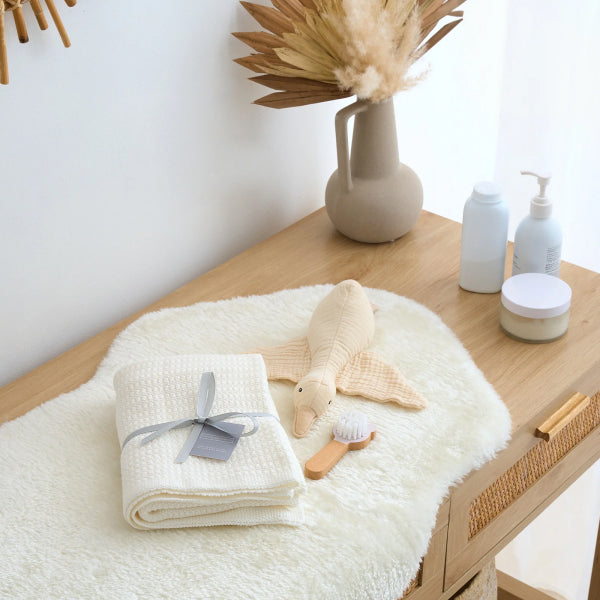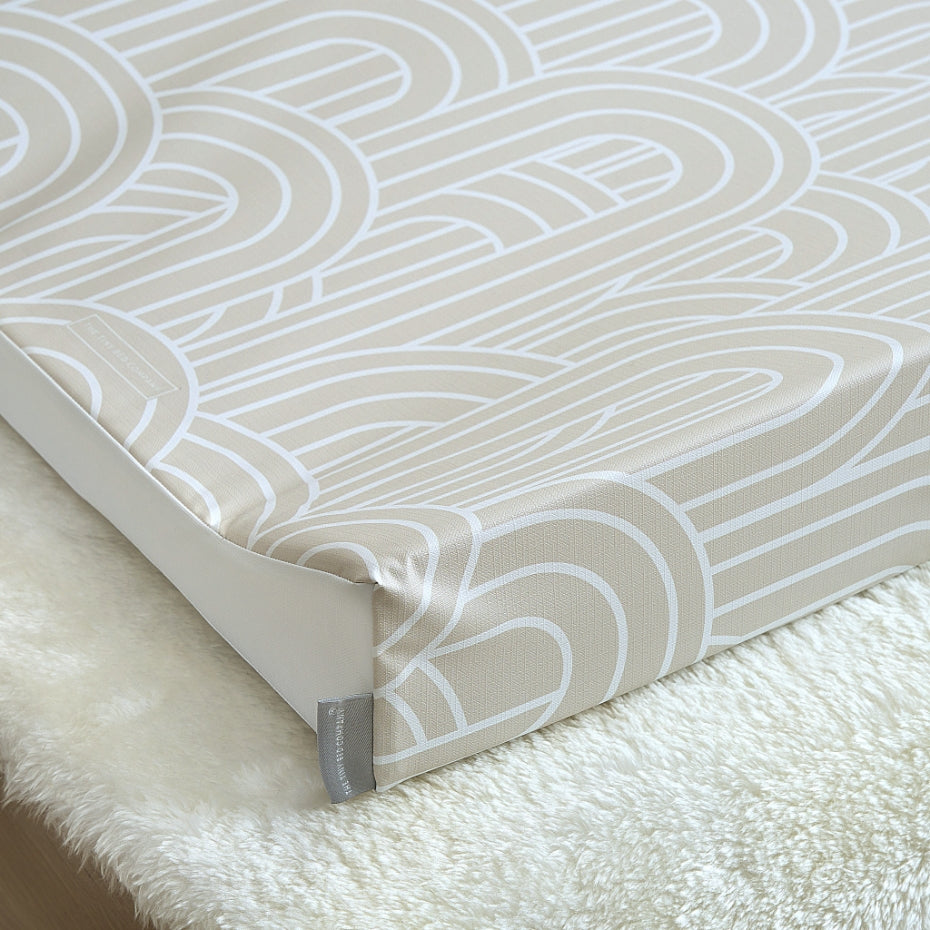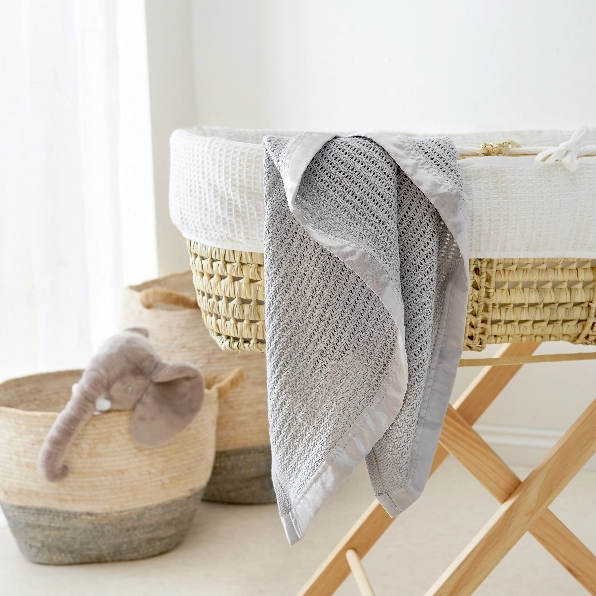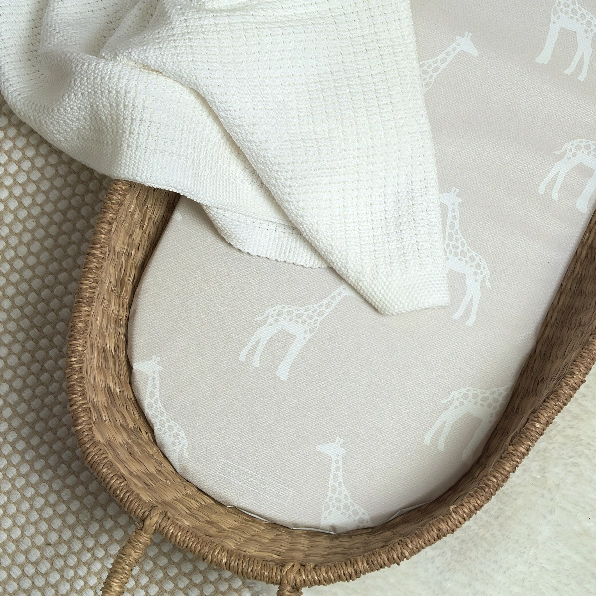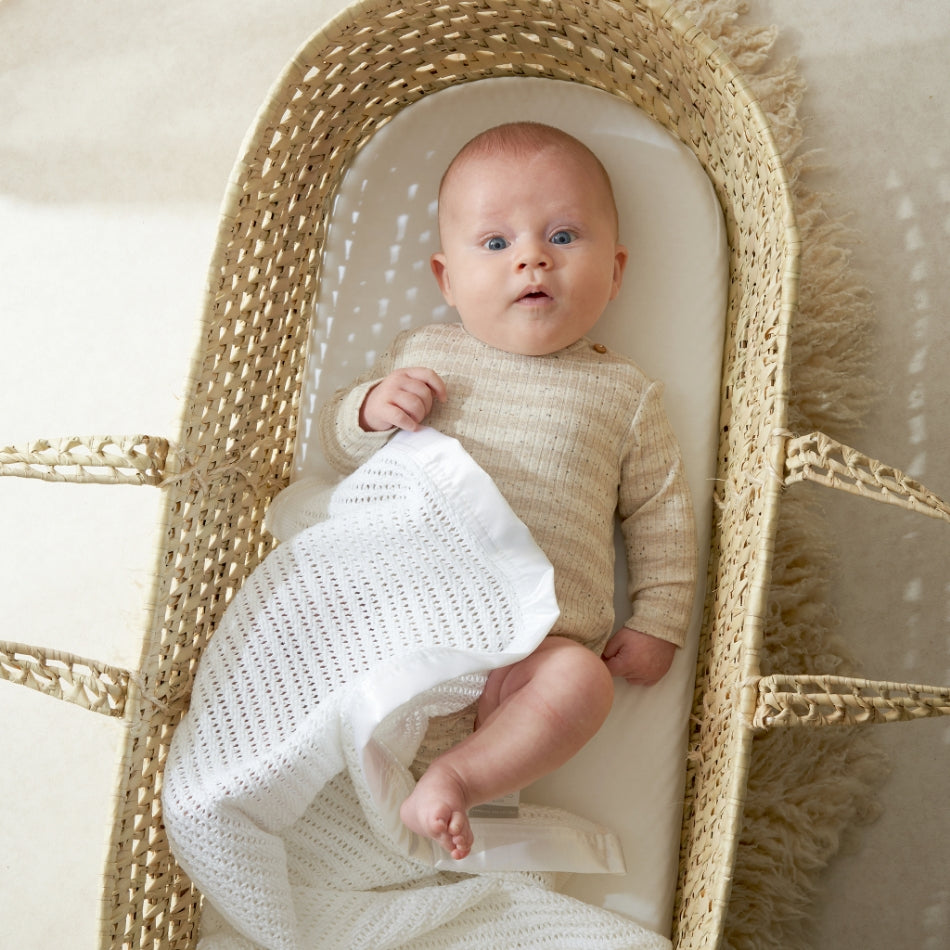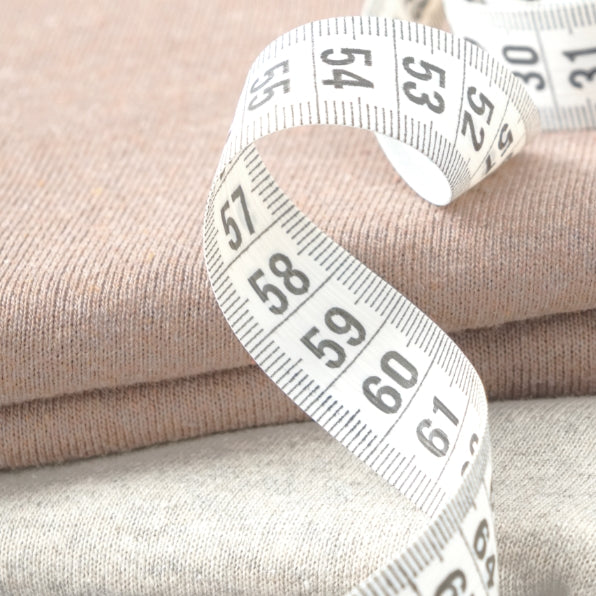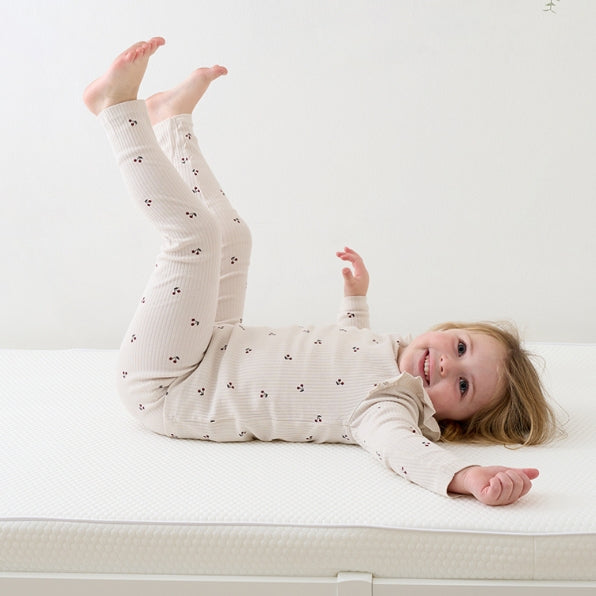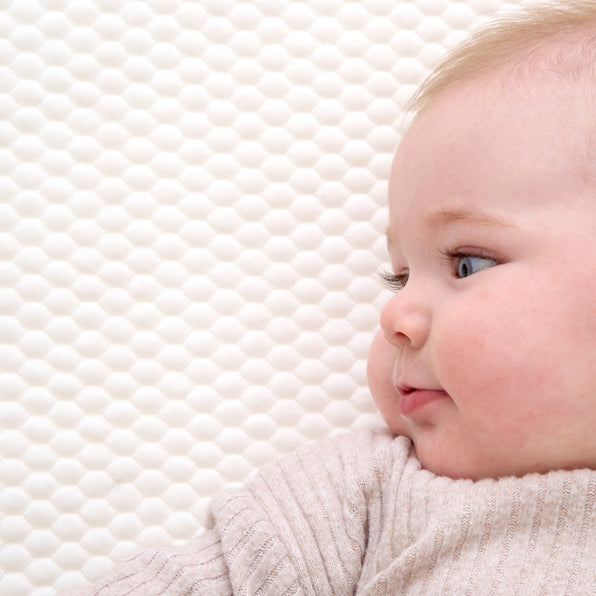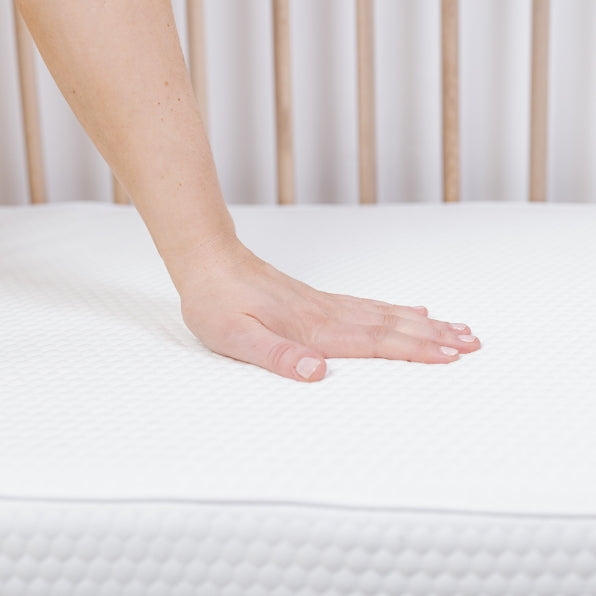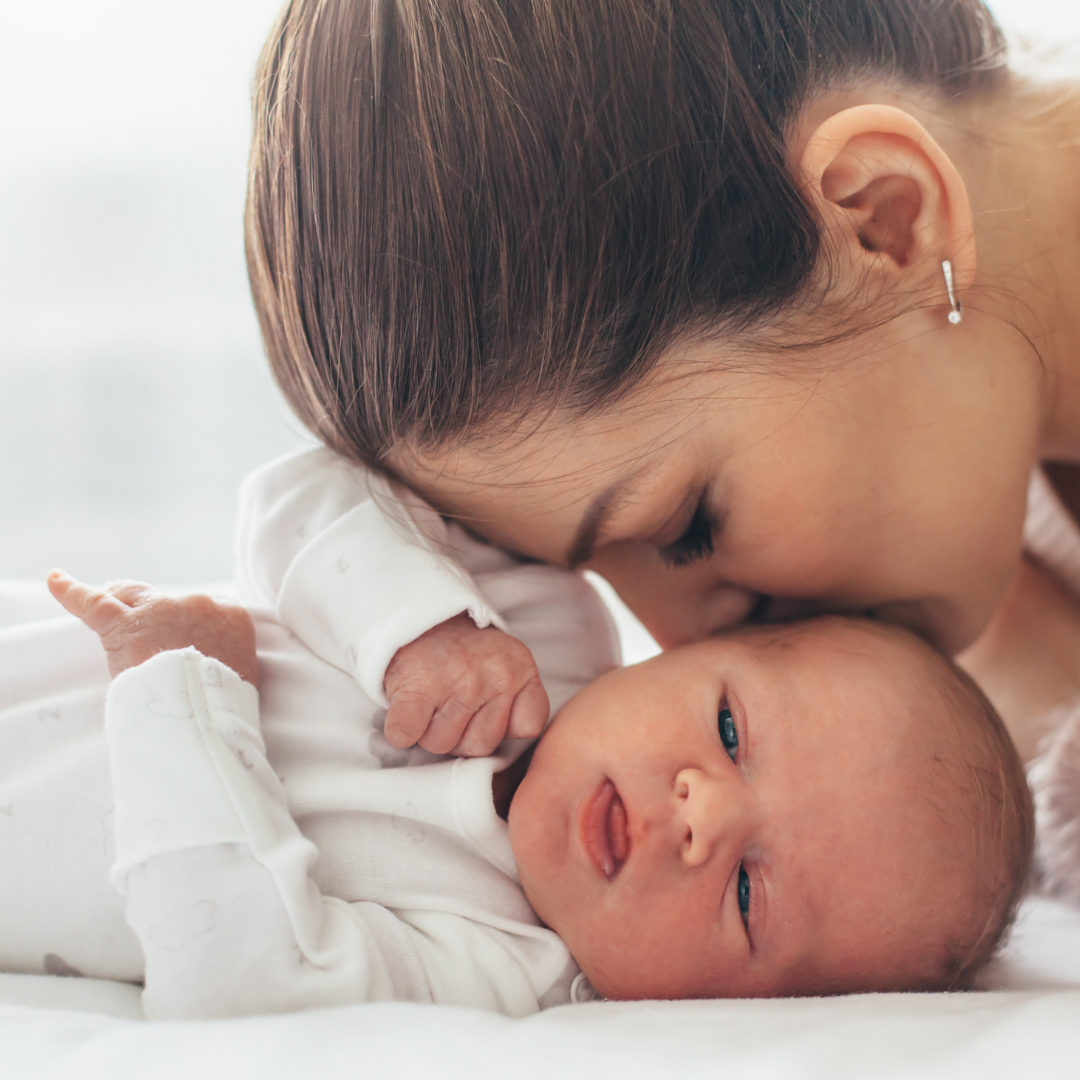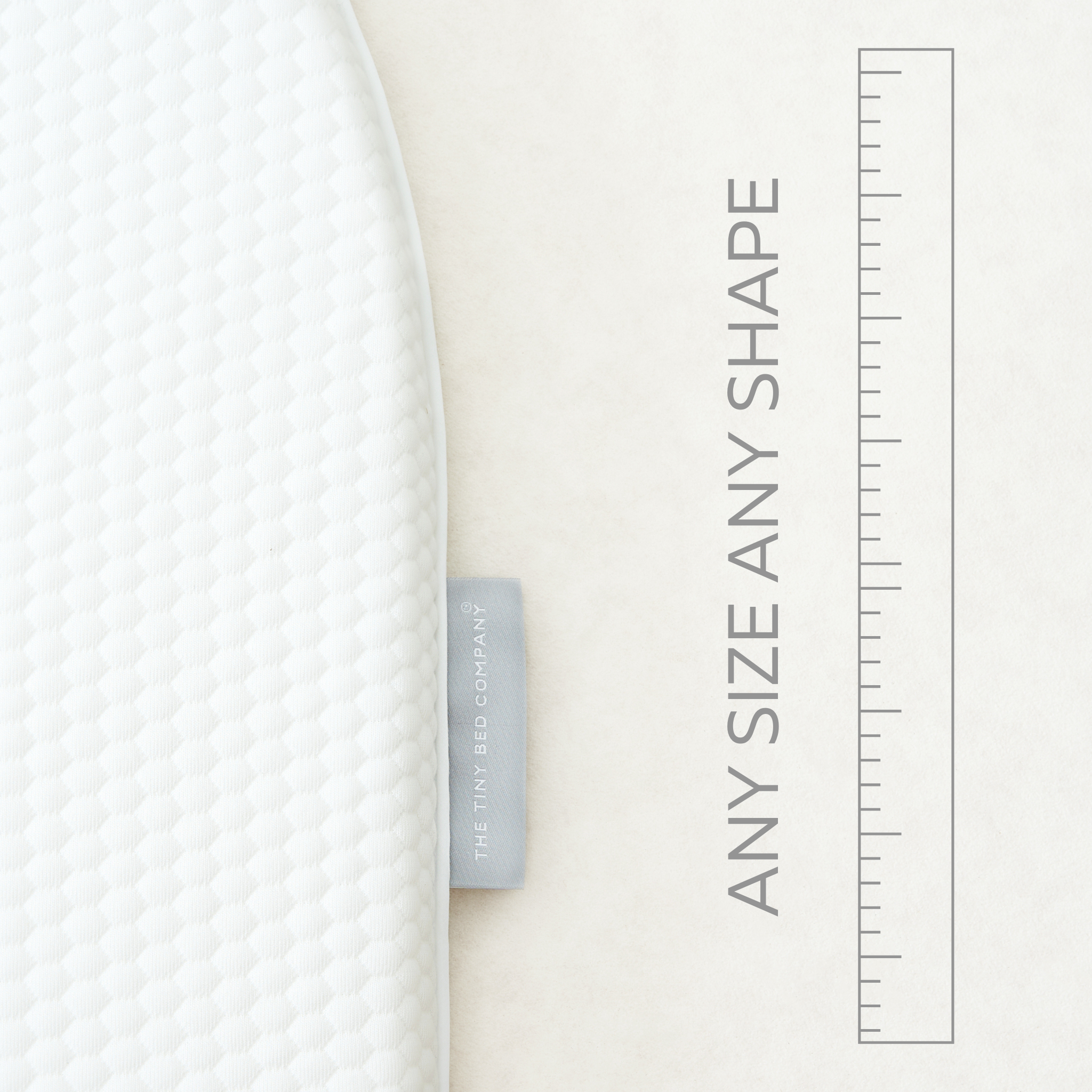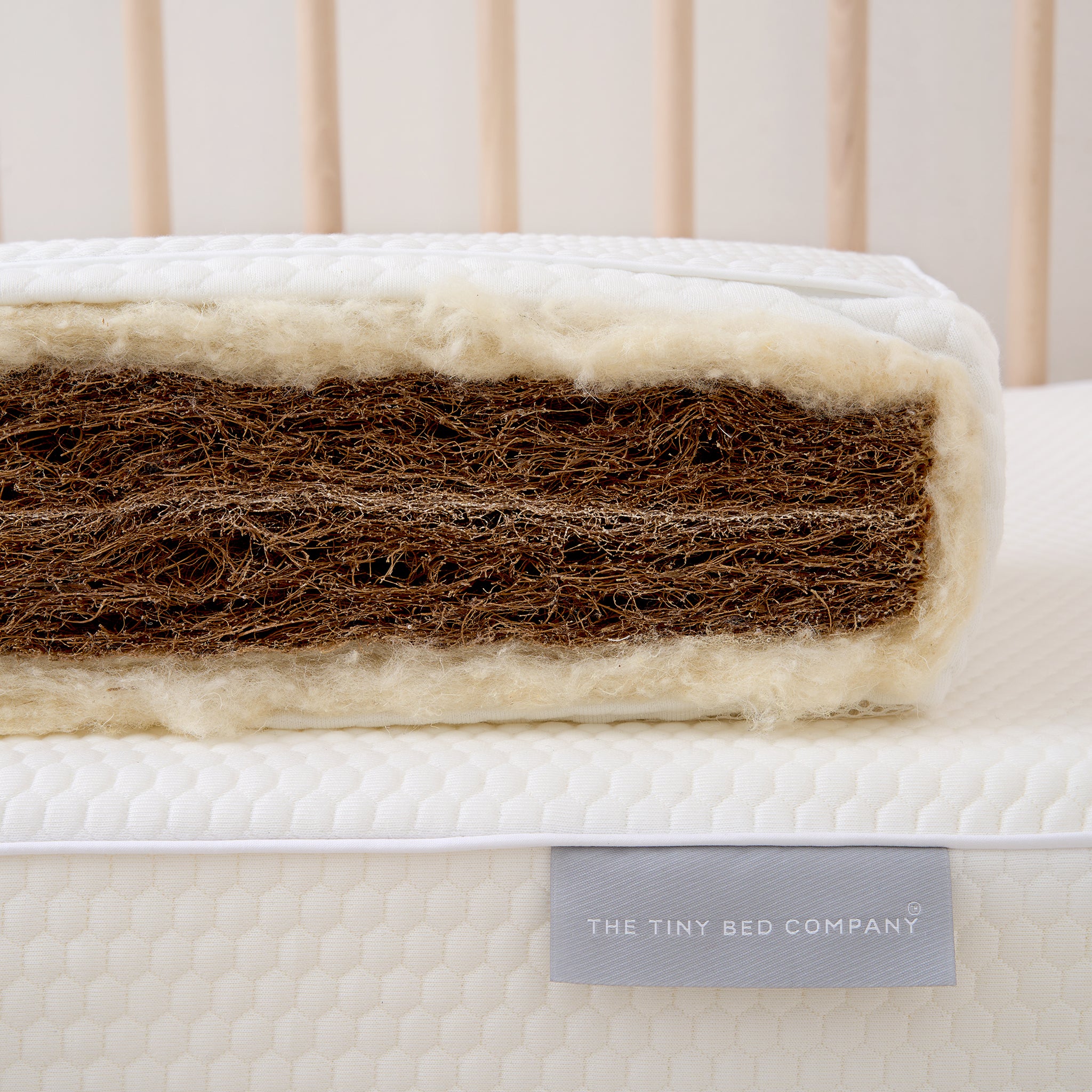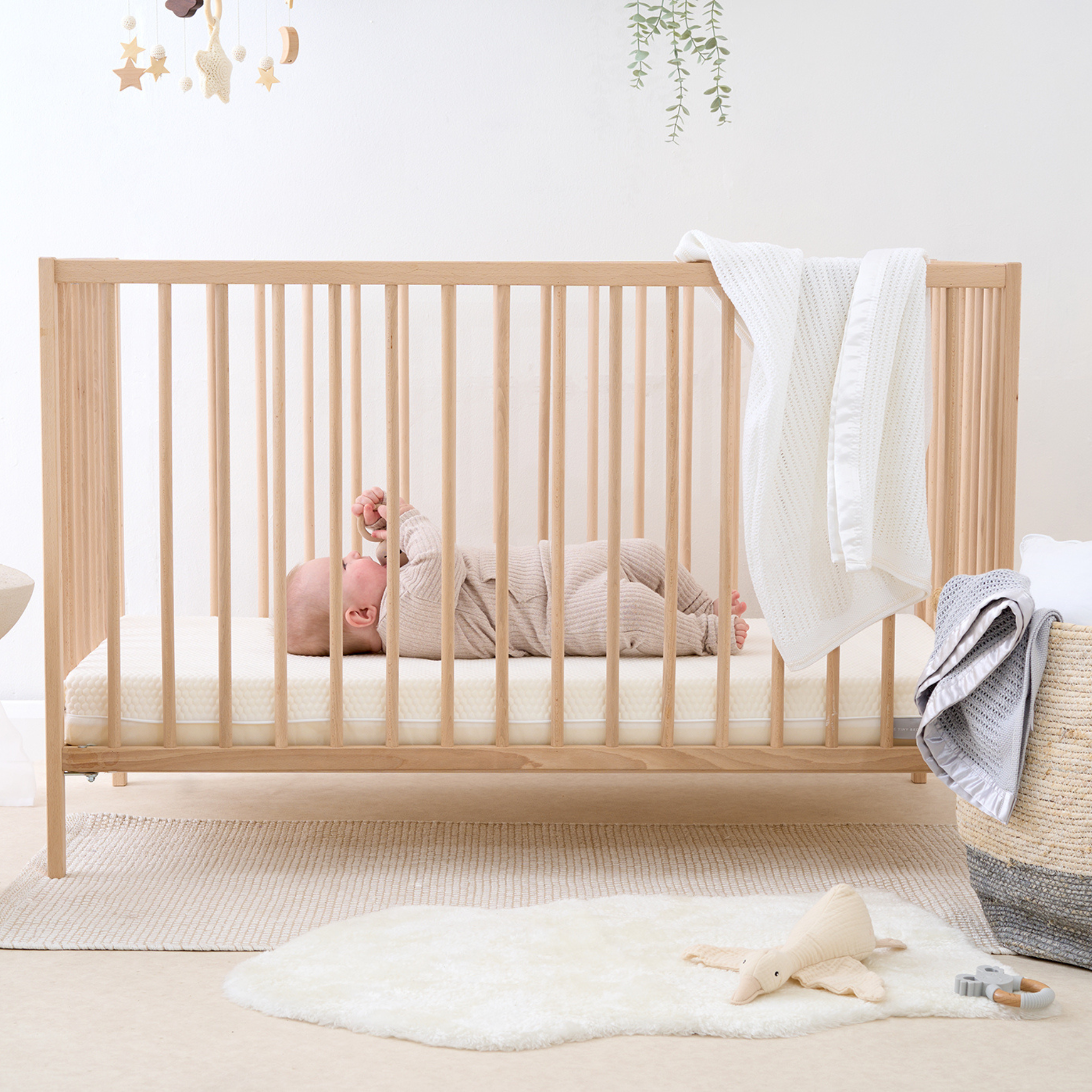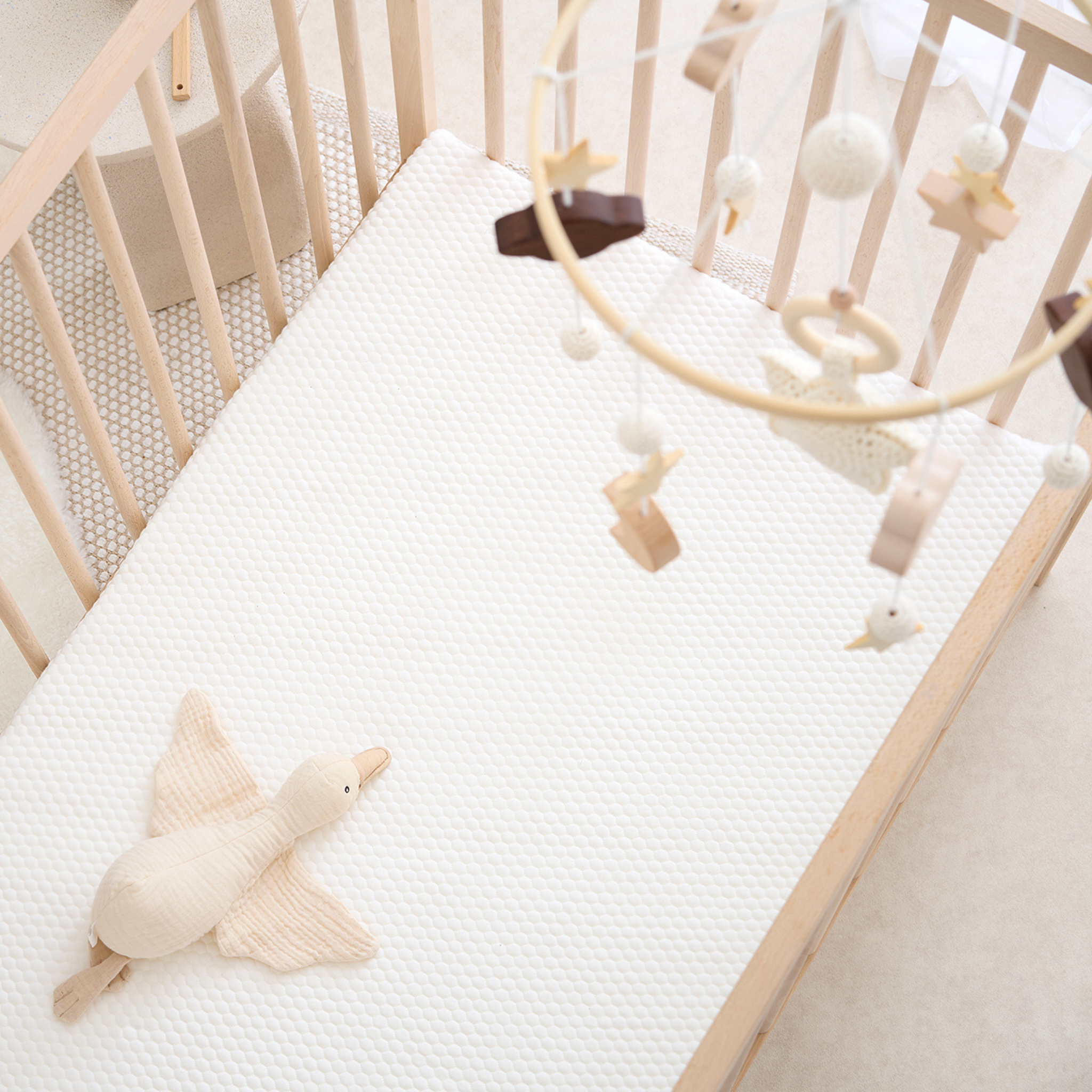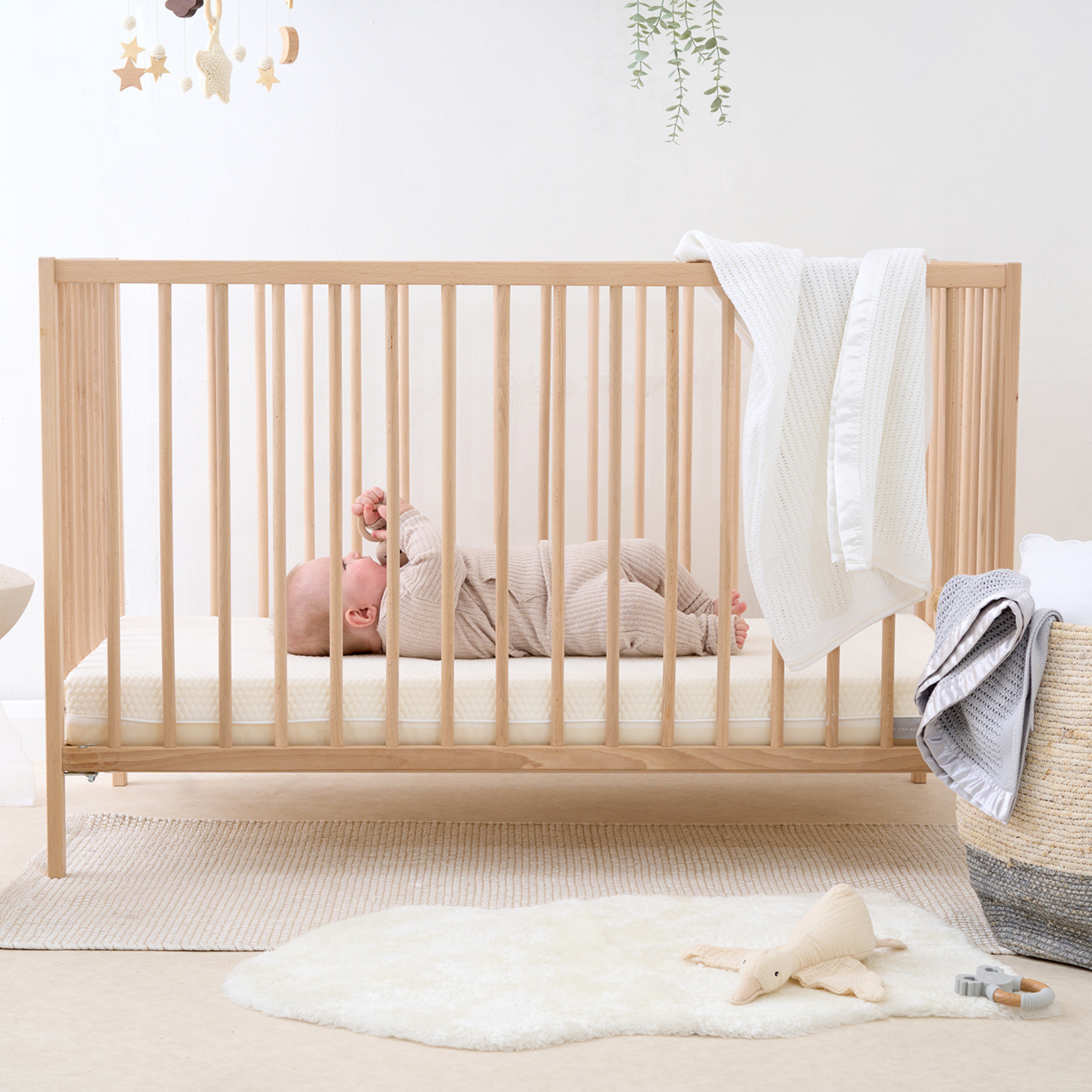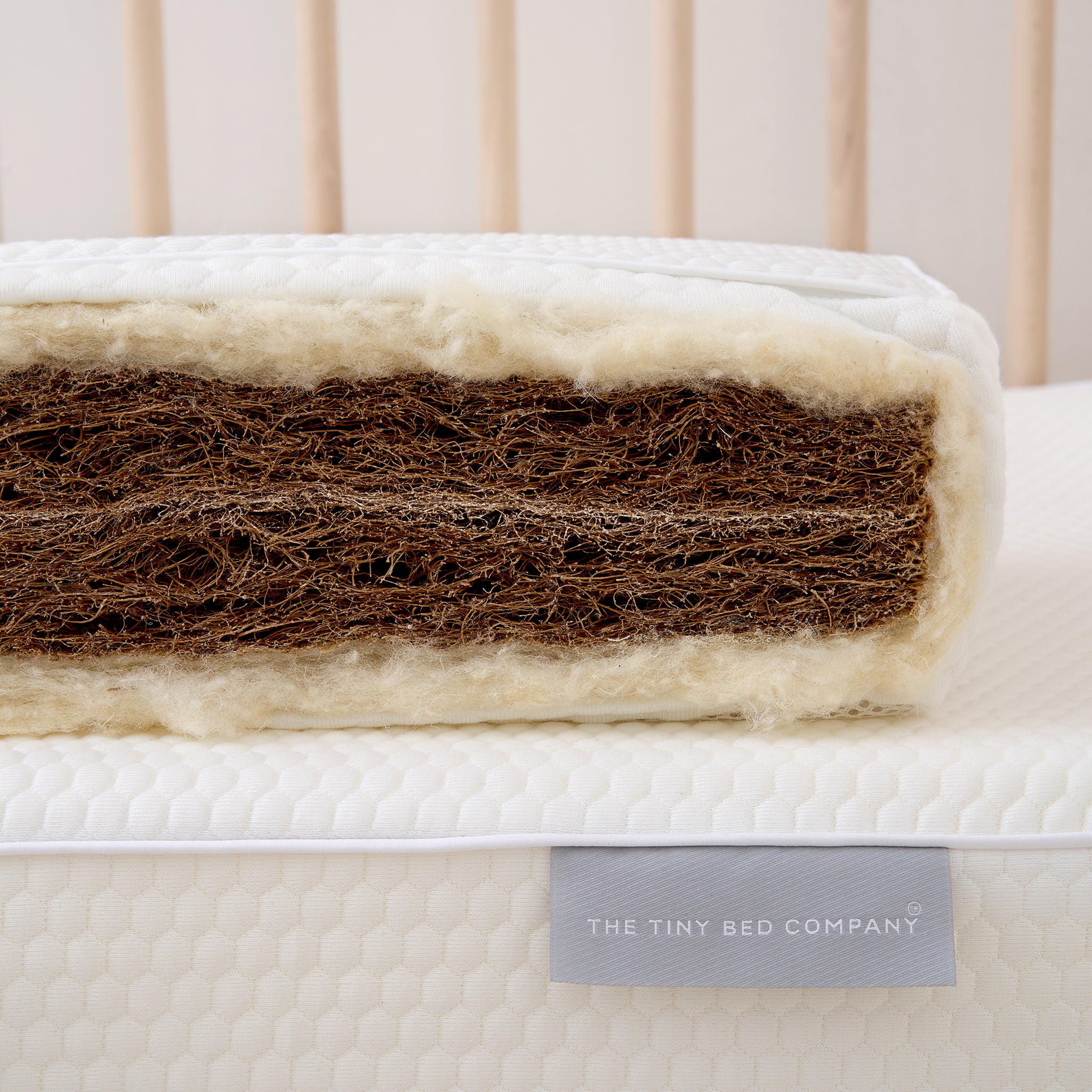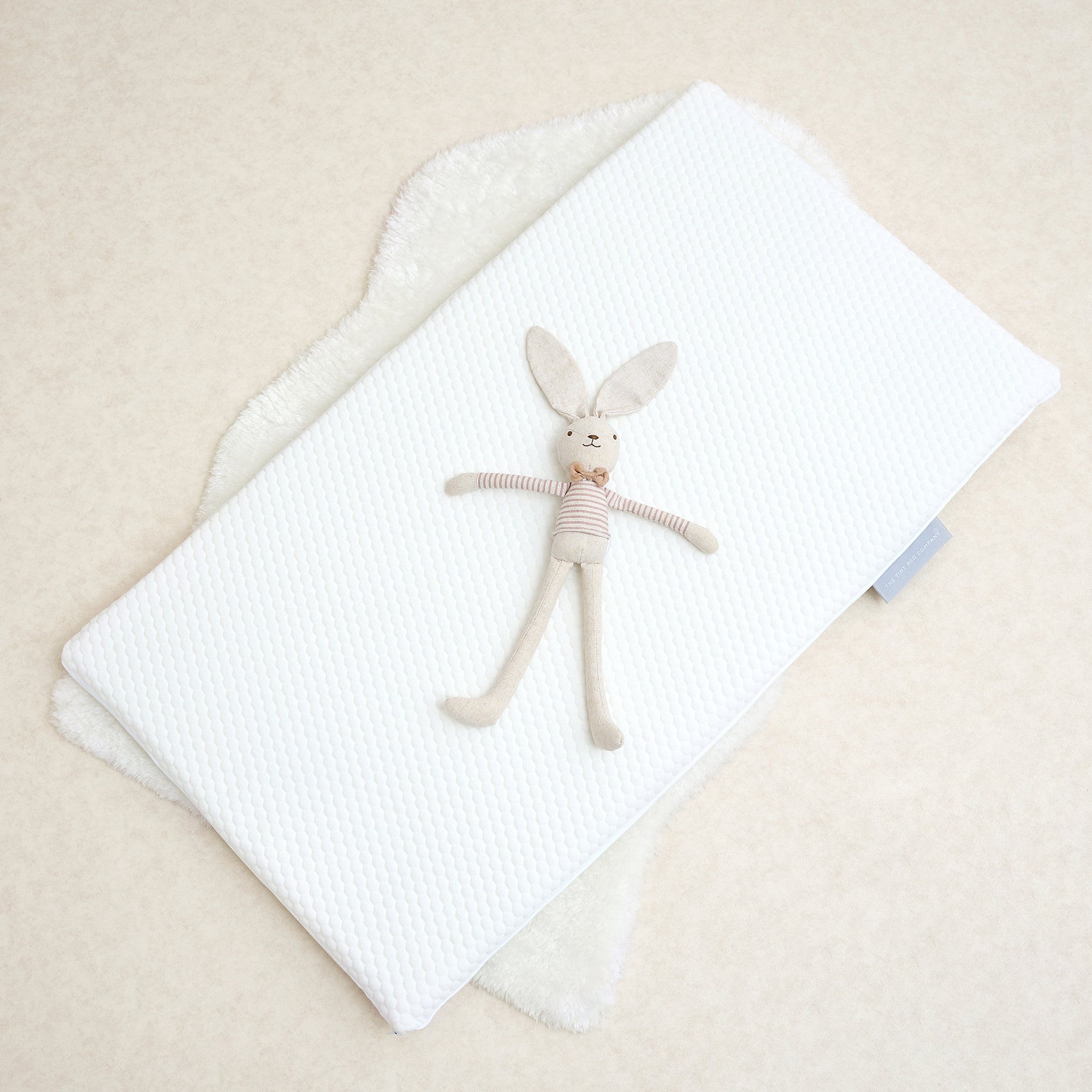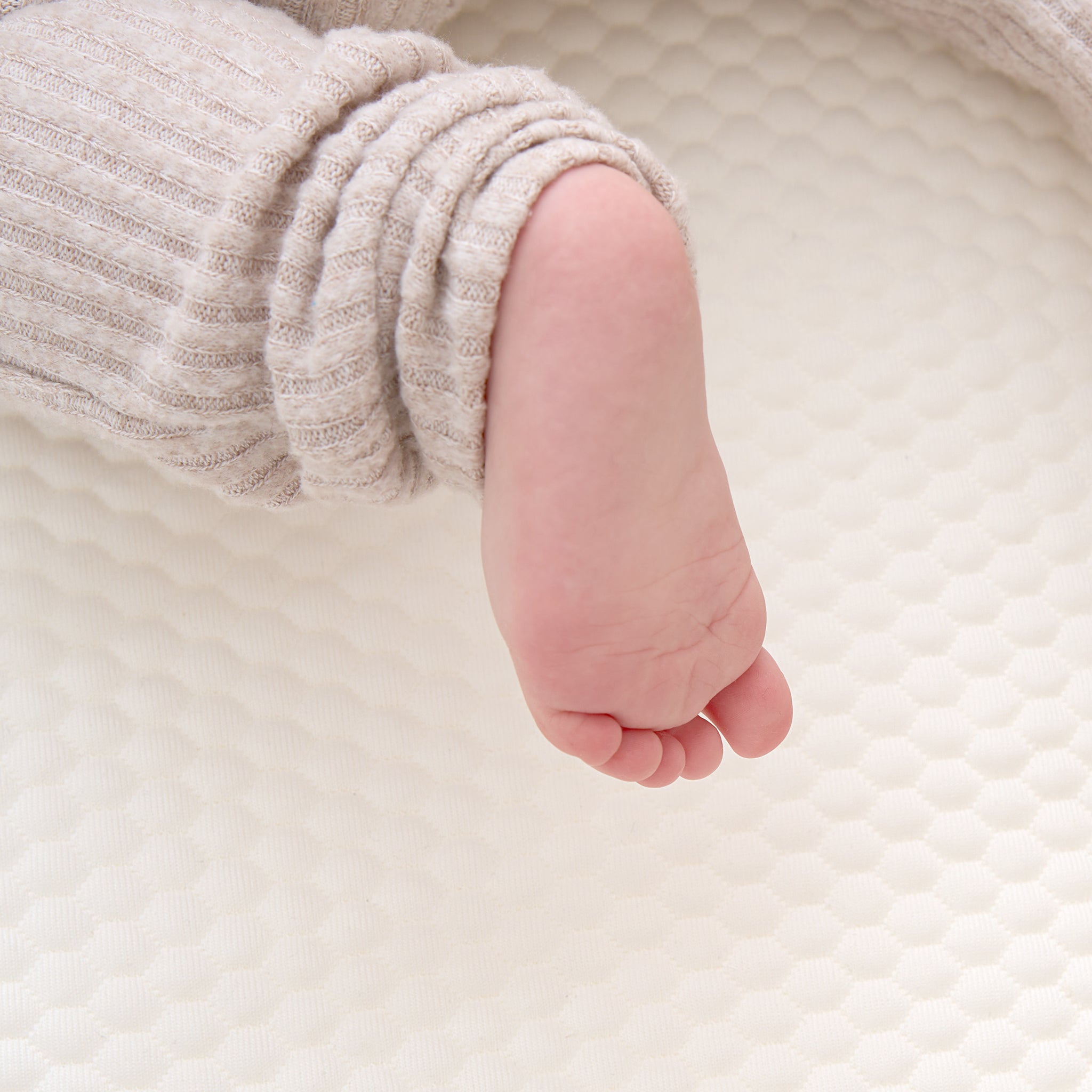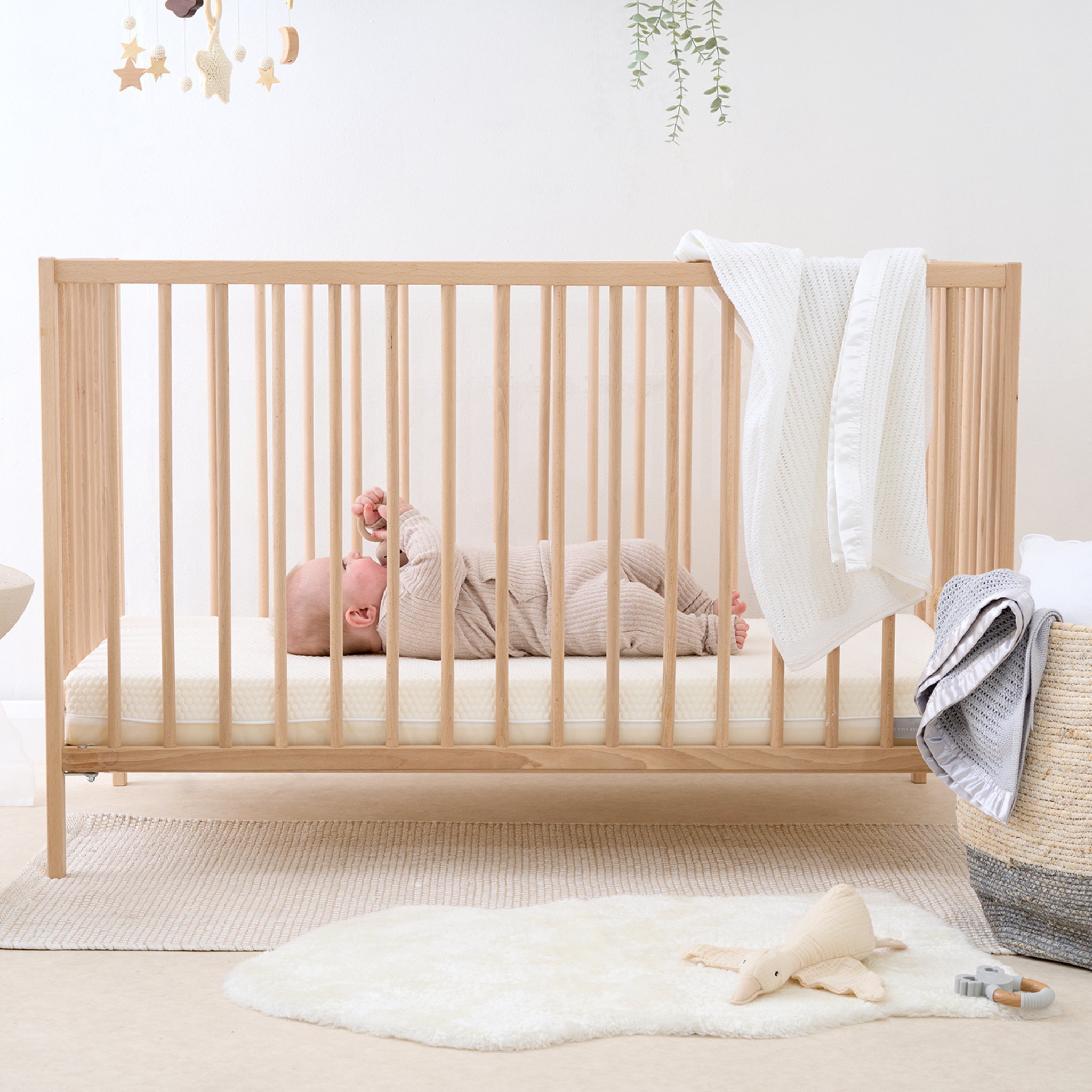Why Is My Nursery Grade Foam Turning Yellow?
As a parent, ensuring the safety and comfort of your child is a top priority. So, it’s understandable if you’re concerned when you notice your nursery grade foam mattress starting to turn yellow. However, rest assured, this is a common and natural phenomenon. Let's delve into why this happens and why there’s no need for worry.
The Nature of Polyurethane Foam
Our nursery grade foam mattresses for babies, toddlers, and children are made from high-quality, unique polyurethane nursery grade foam made in the North of England. Polyurethane is chosen for its excellent properties such as flexibility, durability, and comfort, making it an ideal material for ensuring your little one gets a good night's sleep. However, a characteristic of polyurethane foam is its tendency to turn yellow over time as it ages.
Factors Contributing to Yellowing
Several factors can cause the yellowing of polyurethane foam in mattresses:
-
UV Irradiation:
- Sunlight Exposure: One of the main reasons for the yellowing of foam is exposure to ultraviolet (UV) light. When the foam in your nursery mattress is exposed to sunlight, the UV rays can alter the chemical structure of the polyurethane, leading to a yellow discoloration. This can occur even if the mattress is not in direct sunlight but is in a well-lit room.
-
Temperature:
- Heat Influence: High temperatures can speed up the yellowing process. If the nursery is particularly warm, this heat can cause the foam to change colour more quickly. This is due to the heat accelerating the chemical reactions within the polyurethane.
-
Humidity:
- Moisture Levels: Humidity is another factor that can contribute to the yellowing of foam. In a humid environment, moisture can interact with the chemicals in the foam, causing it to yellow. This is a natural reaction and does not affect the safety or comfort of the mattress.
Natural and Harmless
It’s important to emphasise that the yellowing of nursery grade foam mattresses is a natural and harmless process. The change in colour is due to the inherent properties of polyurethane and does not indicate that the mattress is dirty, worn out, or unsafe for your child. The yellowing does not affect the mattress's performance, support, or comfort.
What You Can Do
While it’s not possible to completely prevent yellowing, there are steps you can take to minimise it:
- Use a Mattress Cover: A good quality mattress cover can help protect the foam from direct exposure to sunlight, reducing the yellowing effect.
- Control the Nursery Environment: Keeping the nursery cool and well-ventilated can help slow down the yellowing process. Avoid placing the mattress in direct sunlight or in overly warm and humid areas.
- Rotate the Mattress: Regularly rotating the mattress can ensure even exposure to environmental factors, potentially slowing the yellowing process.
If your nursery grade foam mattress is turning yellow, it’s completely natural and nothing to worry about. This discolouration is a common trait of polyurethane foam and does not compromise the safety, comfort, or durability of the mattress. By understanding why this happens and taking a few preventative measures, you can maintain the quality of your child's mattress for years to come. Rest assured, the yellowing is simply part of the material’s life cycle and does not affect your child’s safety or comfort.
